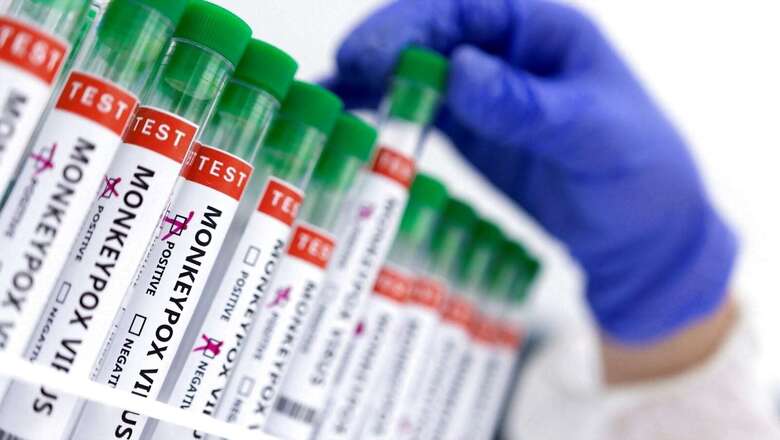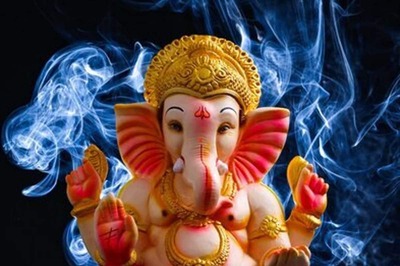
views
As per the World Health Organization, nearly 200 cases of monkeypox have been reported in more than 20 countries as on May 27. Describing the epidemic as containable, the UN health agency said there are still many unanswered questions about monkeypox.
Monkeypox, a mild viral infection, is endemic in the African countries of Cameroon, Central African Republic, Democratic Republic of Congo, and Nigeria. The recent outbreak in non-endemic countries has raised concerns. The strain circulating globally is thought to have a fatality rate of around 1%, although effective vaccines and treatments are available.
As countries including Britain, Germany, Canada and the US begin evaluating how smallpox vaccines might be used to curb the outbreak, WHO said its expert group was assessing the evidence and would provide guidance soon.
Monkeypox, Smallpox, Chickenpox – What’s the difference?
First, the three diseases are caused by different viruses.
Monkeypox is caused by monkeypox virus, a member of the Orthopoxvirus genus in the family Poxviridae. According to the WHO, the clinical presentation of monkeypox resembles that of smallpox, caused by the variola virus, and was declared eradicated worldwide in 1980. Chickenpox is caused by the varicella-zoster virus, which also causes shingles.
Monkeypox is less contagious than smallpox and causes less severe illness.
The symptoms of monkeypox are quite similar to those of chickenpox and smallpox, thus making it tricky to tell them apart.
Like smallpox, monkeypox results in pus-filled boils after its incubation period. However, the pain is milder and gets better within 2-4 weeks without treatment.
According to the US CDC, the main difference between the symptoms of smallpox and monkeypox is swollen lymph nodes or “lymphadenopathy” — monkeypox causes lymph nodes to swell, while smallpox doesn’t.
A chickenpox rash forms in a different way to monkeypox. Spots do not develop uninformally in a chickpox rash, appearing at different at different times. Among the three diseases, chickenpox is the least fatal as of now.
Monkeypox lesions however, appear and develop at the same time.
Monkeypox symptoms usually last between two to four weeks. Some strains can cause severe disease, with recent fatality recorded at 3 to 6 per cent, according to the WHO. Chickenpox symptoms can last up two weeks but usually subside in 7 days.
None of these infections are highly fatal. However, the patients have lost their lives in 1-10% of monkeypox cases and 30% of smallpox cases.
An antiviral agent developed for the treatment of smallpox has also been licensed for the treatment of monkeypox.
What are the symptoms of monkeypox?
The CDC says that the illness begins with:
- Fever
- Headache
- Muscle aches
- Backache
- Swollen lymph nodes
- Chills
- Exhaustion
Within 1 to 3 days (sometimes longer) after the appearance of fever, the patient develops a rash, often beginning on the face then spreading to other parts of the body.
No vaccines have been specifically developed against monkeypox, but WHO estimates that smallpox vaccines are about 85% effective.
Most monkeypox patients experience only fever, body aches, chills and fatigue. People with more serious illness may develop a rash and lesions on the face and hands that can spread to other parts of the body, the WHO said.
Read all the Latest India News here




















Comments
0 comment